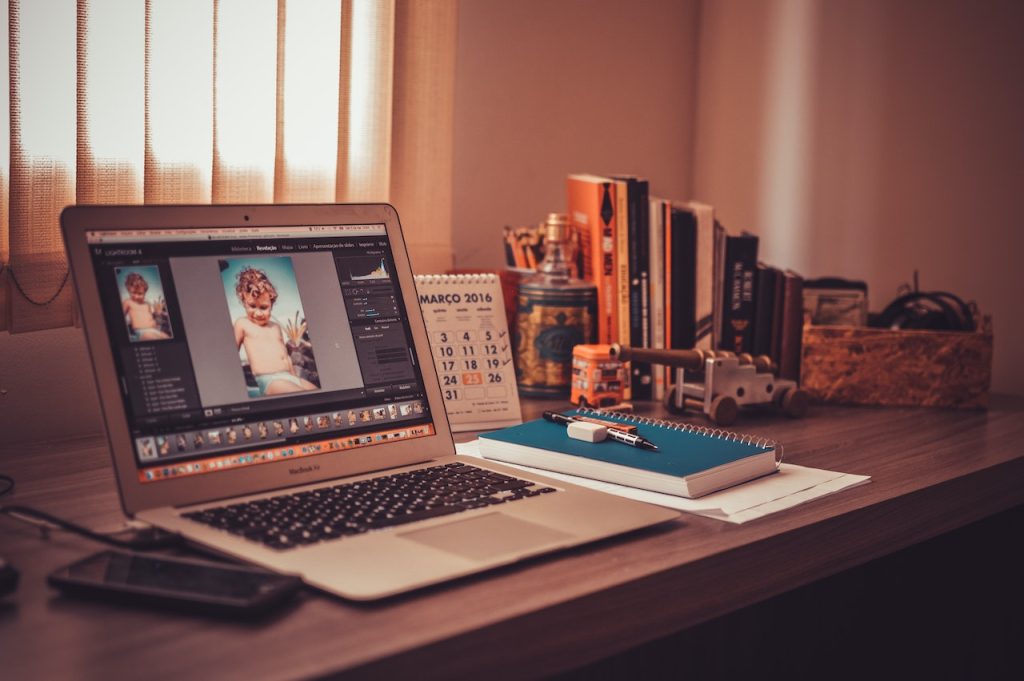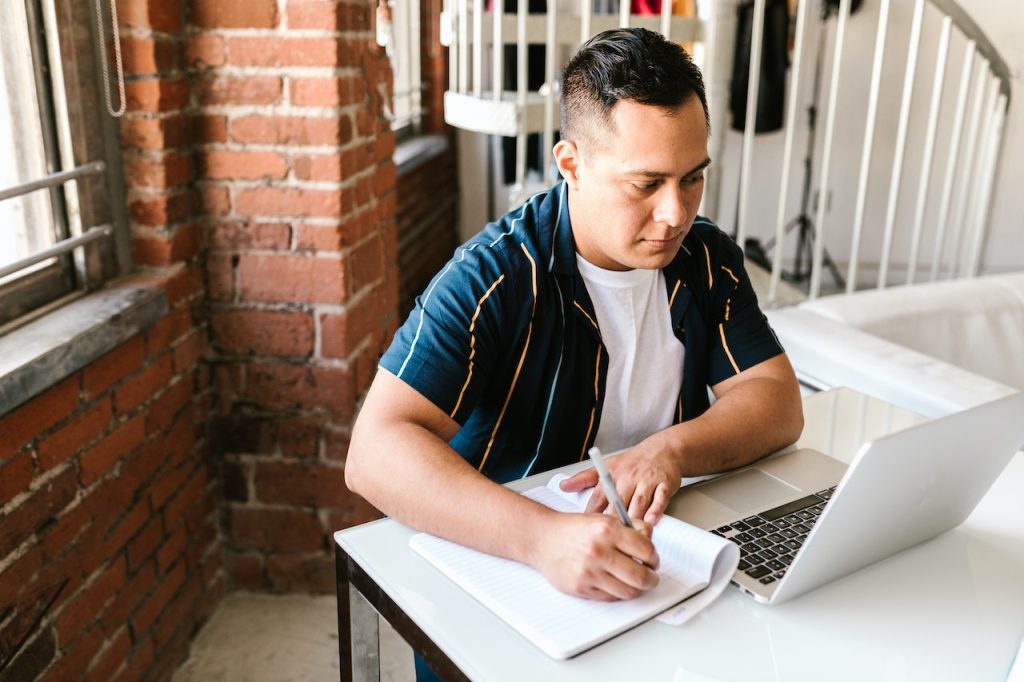Welcome to our comprehensive guide on how long it takes to learn Photoshop.
Quick summary: It takes several months to learn Photoshop.
Here are some factors to speed up how long it takes to learn Photoshop:
- Building a Strong Foundation
- Essential Tools and Techniques
- Embracing the Power of Layers
- Expanding Your Skill Set
- Leveraging Online Communities and Resources
Learning Photoshop, the industry-leading software for image editing and graphic design. If you’re eager to acquire the skills to manipulate images, create stunning visuals, and bring your creative ideas to life, you’ve come to the right place.
In this article, we’ll explore the intricacies of learning Photoshop, discuss the time it takes to become proficient, and share invaluable tips to expedite your journey. So, let’s dive in and uncover the secrets of mastering Photoshop!
Understanding the Learning Curve
As with any skill worth acquiring, learning Photoshop requires dedication, practice, and a solid learning strategy. While the exact time frame can vary depending on various factors such as prior experience, the complexity of projects you wish to undertake, and your learning pace, it typically takes several months to achieve a comfortable level of proficiency.
However, it’s important to remember that learning Photoshop, particularly with its exciting new updates like Generative fill is a continuous process; it won’t stop, and you should be on the lookout for something new.
Building a Strong Foundation
To embark on your Photoshop learning journey, it’s essential to start with a solid foundation. Begin by familiarizing yourself with the software’s interface, tools, and basic functionalities. Explore the plethora of online resources available, including tutorials, video courses, and documentation provided by Adobe.
Take advantage of these resources to understand the fundamentals and gain confidence in navigating the Photoshop environment.
Essential Tools and Techniques
Photoshop offers a vast array of tools and techniques that enable you to manipulate images with precision and creativity. Some essential tools you’ll need to master include the selection tools, layers, masks, brushes, and the powerful pen tool.
Understanding how to use these tools effectively will empower you to enhance images, remove backgrounds, create digital paintings, and bring your artistic visions to fruition.
Embracing the Power of Layers
Layers are one of the fundamental features of Photoshop, allowing you to work non-destructively and make precise adjustments to your designs. By organizing your elements into layers, you can easily edit individual components, apply filters, add effects, and control the overall composition of your artwork.
Experiment with layer blending modes, opacity settings, and layer masks to unleash your creativity and achieve professional-looking results.
Expanding Your Skill Set
Once you’ve gained proficiency in the essential tools and techniques, it’s time to broaden your skill set and explore more advanced concepts. Delve into retouching and photo manipulation techniques, learning how to seamlessly remove imperfections, enhance colors, and merge multiple images. Dive into the world of typography, mastering the art of text manipulation and creating visually engaging designs.
Experiment with advanced selection techniques, such as using channels and paths, to refine your editing workflow further.
Practice, Practice, Practice
How long it takes to learn Photoshop depends on practice —lots of it! Apply your knowledge to real-world projects, challenge yourself with diverse design tasks, and experiment with different styles. Engage in personal projects, participate in online design communities, and seek constructive feedback to refine your skills continually.
Remember, the more you practice, the more confident and efficient you’ll become in wielding Photoshop’s vast capabilities.
Leveraging Online Communities and Resources To Shorten How Long It Takes To Learn Photoshop
In the digital age, there is an abundance of online communities and resources dedicated to Photoshop enthusiasts. To shorten how long it takes to learn Photoshop Join forums, engage with fellow designers, and exchange ideas and tips. Follow influential artists and designers on social media platforms to stay inspired and up-to-date with the latest trends.
Additionally, leverage reputable online learning platforms, such as Adobe’s official tutorials, Lynda.com, and YouTube channels, to expand your knowledge and stay at the forefront of Photoshop expertise.
Embracing Lifelong Learning To Make Learning Photoshop Shorter
As mentioned earlier, learning Photoshop is an ongoing process. The software continually evolves, introducing new tools, features, and techniques. To stay ahead of the curve, it’s crucial to embrace lifelong learning. Stay curious and explore new possibilities. Keep up with industry trends and advancements by attending workshops, webinars, and conferences. Subscribe to reputable design blogs and newsletters to access valuable insights and tutorials.
By nurturing a mindset of continuous learning, you’ll ensure your Photoshop skills remain sharp and adaptable to the ever-changing digital landscape.
Time Factors and Individual Progress
While we’ve discussed the average time of how long it takes to learn Photoshop, it’s important to remember that individual progress may vary. Some people may grasp certain concepts quicker, while others may require more time to master specific techniques. The key is to focus on your personal growth and progress, rather than comparing yourself to others.
Set realistic goals, establish a consistent practice routine, and celebrate your achievements along the way. With dedication and perseverance, you’ll steadily enhance your Photoshop skills and create stunning visuals.
Expediting Your Learning Process
If you’re eager to shorten how long it takes to learn photoshop and maximize your efficiency, consider the following tips:
1. Create a Learning Plan: Outline a structured learning plan tailored to your specific goals and schedule. Break down the topics you wish to cover into manageable chunks and allocate dedicated time for practice and experimentation.
2. Hands-on Projects: Engage in hands-on projects that align with your interests and goals. Applying your skills to real-world scenarios will deepen your understanding and help you overcome challenges.
3. Collaborate and Seek Feedback: Join design communities or find study partners who share your passion for Photoshop. Collaborating with others allows for knowledge exchange, constructive feedback, and valuable insights.
4. Stay Organized: Maintain a well-organized library of your Photoshop projects, resources, and inspiration. This will facilitate easy access to reference materials and streamline your workflow.
5. Stay Motivated: Set small, achievable milestones and reward yourself upon reaching them. Celebrate your progress and seek inspiration from the work of others to stay motivated throughout your learning journey.
A fulfilling and continuous endeavor
learning Photoshop is a fulfilling and continuous endeavor.
The software is regarded as the best aid to designers in conveying creativity into visible forms, everyone can enjoy e.g. Flyers, Graphics on T-shirts, Posters etc.
While the time required to become proficient can vary, a dedicated approach, consistent practice, and a thirst for knowledge are key ingredients for success.
Remember, Photoshop skills are crucial, but there are elements like minimalism, typography, color psychology to embrace in your quest for mastery. Imbibing these concepts with a knowledge of how to use Photoshop tools is the key to creating awe-inspiring designs.




